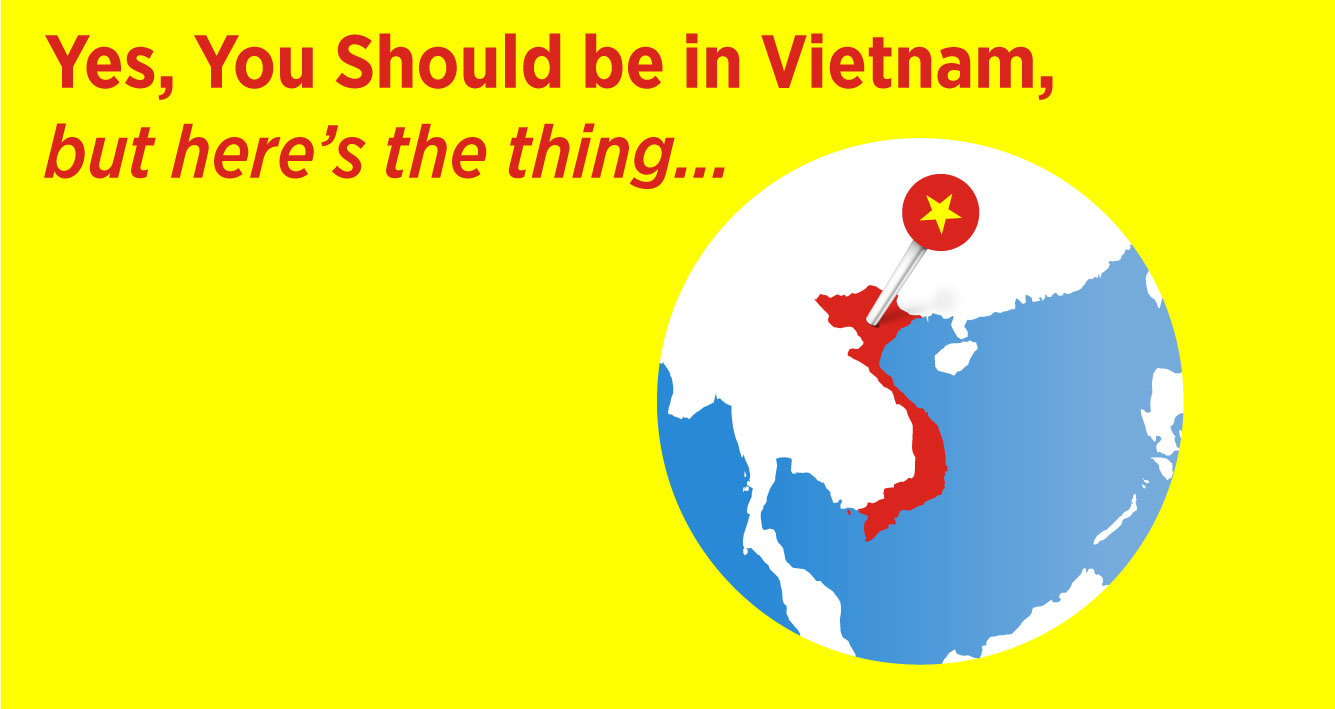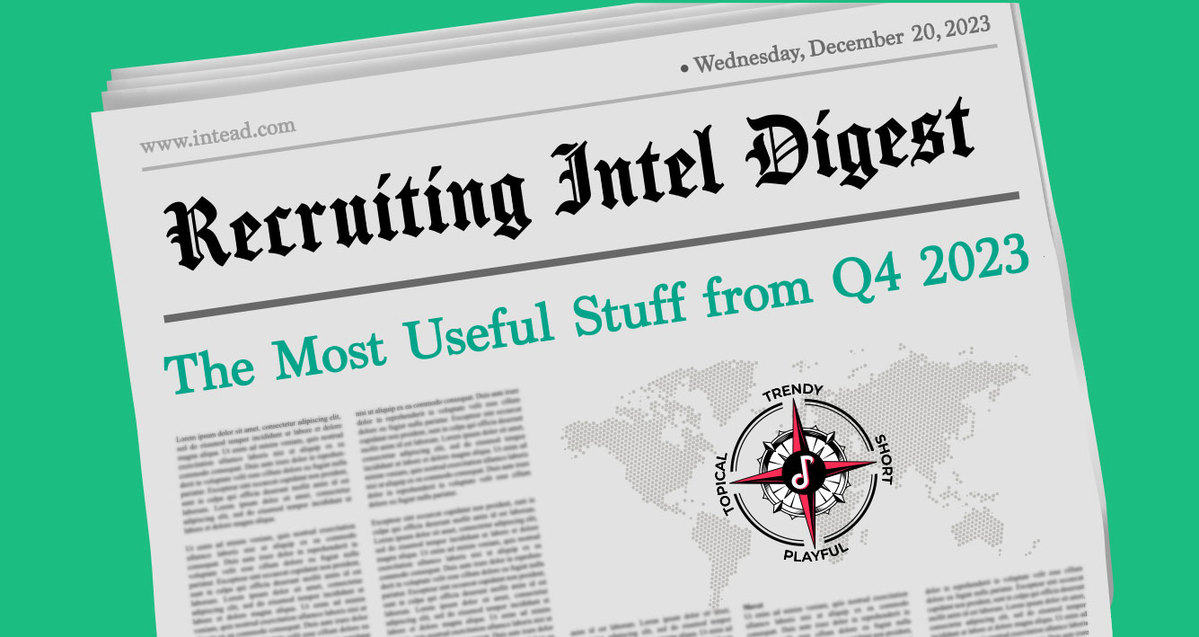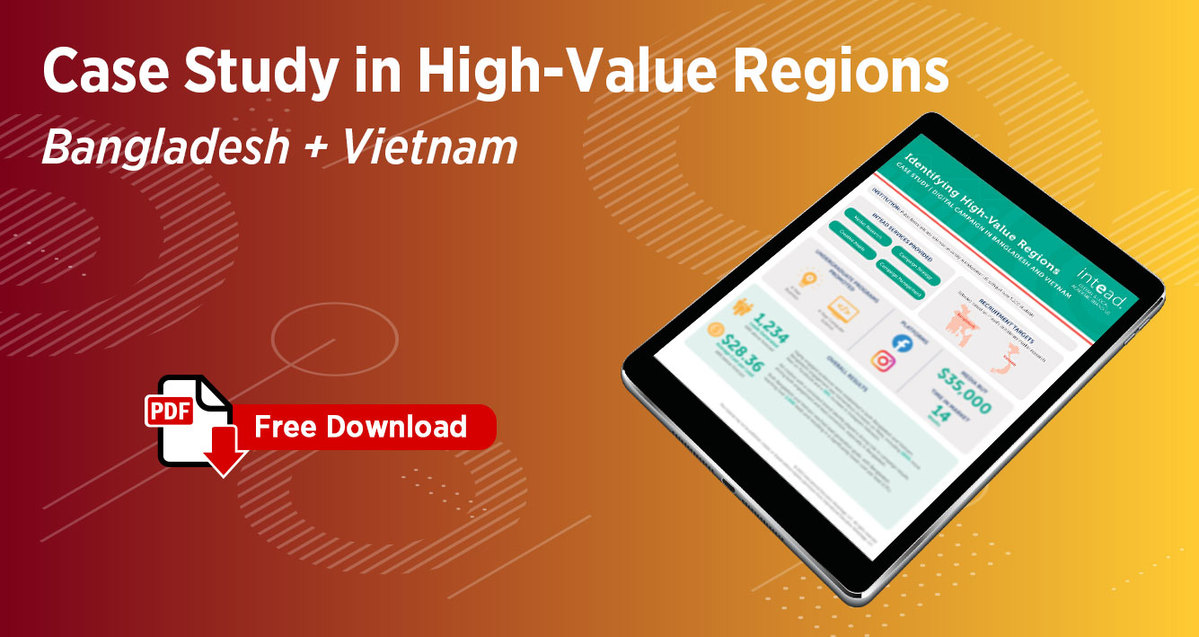With the very real concern of declining domestic enrollment numbers, US institutions are right to broaden their recruitment strategies, including their international reach. Thinking beyond traditional student markets, like China and India, is old news by now. You’ve diversified your draw and Vietnam has been on your list, right?
Don’t get us wrong, China remains an important market and neighboring India is clearly a recruitment stronghold. Learn more about these sending countries in recent posts here (China) and here (India). Today, we focus on Vietnam and why this country offers value to institutions looking at best practices and diversification in their international student draw.
When we run our global marketing workshops, more than a majority of the institutions attending identify Vietnam as a student market they've targeted as a growth opportunity. The competition for students coming from Vietnam is only growing.
We’ll be at AIEA in DC in about 4 weeks and participating in 3 great presentations:
- AI for enrollment management
- Entrepreneurial leadership in bureaucratic environments
- A discussion around International Student Points of Entry and a new publication to be released later in 2024
And of course, we will be presenting at NAFSA in New Orleans in late May. If you’d like to schedule time to chat over coffee instead of over Zoom, please be in touch (info@intead.com).
According to the latest numbers from Vietnam’s Ministry of Education and Training (MOET), approximately 190,000 Vietnamese students study abroad, the majority focusing on post-secondary institutions. That was for the 2019-20 academic year, though it appears the numbers are as strong or better today. Globally, Vietnam ranks as a top 10 sender of outbound student mobility per the ICEF Monitor.
The majority of these students head to South Korea or Japan for university. Depending on who you ask, either 66,000 Vietnamese students studied in South Korea in 2022 per Capstone Education or just over 37,000 according to Korea Educational Development Institute. Less disputed are Japan’s numbers, which Study Japan puts at 49,000 incoming Vietnamese students in 2021.
The third most popular destination is the US, hosting nearly 22,000 Vietnamese students in 2022-23 per the latest IIE Open Doors data. A distant third, yes, but considering the literal distance (8000+ miles between LA and Ho Chi Minh City as the crow flies), the numbers are encouraging. The reasons for choosing a US education we most often hear when speaking with Vietnamese students:
- A US degree is strong
- Classroom instruction encourages creativity and develops critical thinking
- Soft skills are taught
- Access to a multinational job market
That all makes sense from a prospective student perspective. But, why should your institution choose to actively recruit in Vietnam? What might make these students interested in your institution? And will it be a worthwhile effort for your institution’s enrollment growth?
Below we share 3 big reasons why we find Vietnam a top student source for markets around the world and offer an insider’s take on the Vietnamese student mindset. To shape our thinking, we tapped our long-time colleague Hien Dao, founder and CEO of Golden Path Academics Vietnam, a Hanoi-based program that preps Vietnamese students for global academic and professional environments. She’s a great resource for any Vietnamese student recruitment initiative. Read on for insights.
Read More



